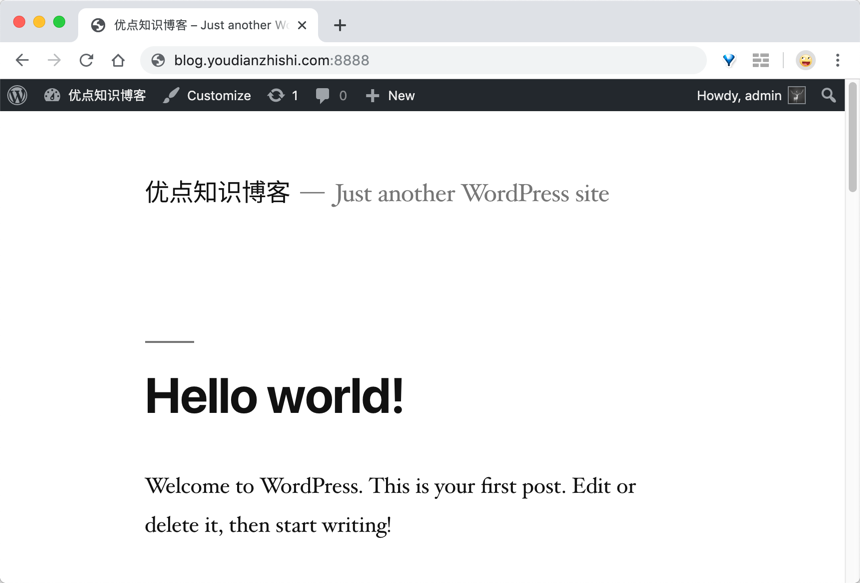
However, I am only using a few simple ones here. What makes Dockerfiles different are instructions, of which there are several. Some of the syntax here looks like standard Linux commands or what you might see in a Bash script. Make any changes to file names or file paths that are needed and save your dockerfile.Open the dockerfile you created with your text editor and paste the text from my Dockerfile into it.Open this link to my Dockerfile for WordPress on GitHub, select all of the text, and copy it.$ cd docker/dockerfiles/wordpress & touch dockerfile As with Docker Compose, projects, which always uses the file name docker-compose.yml, Dockerfiles are always named dockerfile. Navigate into that directory and create a file called dockerfile.$ mkdir ~/Documents/docker/dockerfiles/wordpress Create a directory for the Dockerfile that will create a custom WordPress image.Create a new directory to store your Dockerfiles:.Earlier we created a directory just for our Docker projects.Create a Dockerfile for customizing a WordPress image I looked around to see if anybody else were using Dockerfiles for something similar and found this tutorial on that included a php.ini file being copied with a Dockerfile. I looked around and found this Dockerfile tutorial by Mark Takacs, which had a long video that I found very informative and enlightening. That way I could avoid manually customizing the container the way I did in WordPress and Docker: Customize a Docker container. But I wanted to learn more about them, and thought that I could use Dockerfiles to create customized WordPress and phpMyAdmin images to use with Docker Compose.

I did not think I would need them for a basic WordPress environment.

I was aware of Dockerfiles from my introduction to Docker on LinkedIn Learning.
#Dockerfile for wordpress and drupal hosting how to#
About Dockerfilesĭockerfiles are text files that provide instructions to Docker on how to start with an existing image and build a new, customized image through a series of instructions. This is part four of five in my Use Docker to create a local WordPress development environment tutorial.


 0 kommentar(er)
0 kommentar(er)
